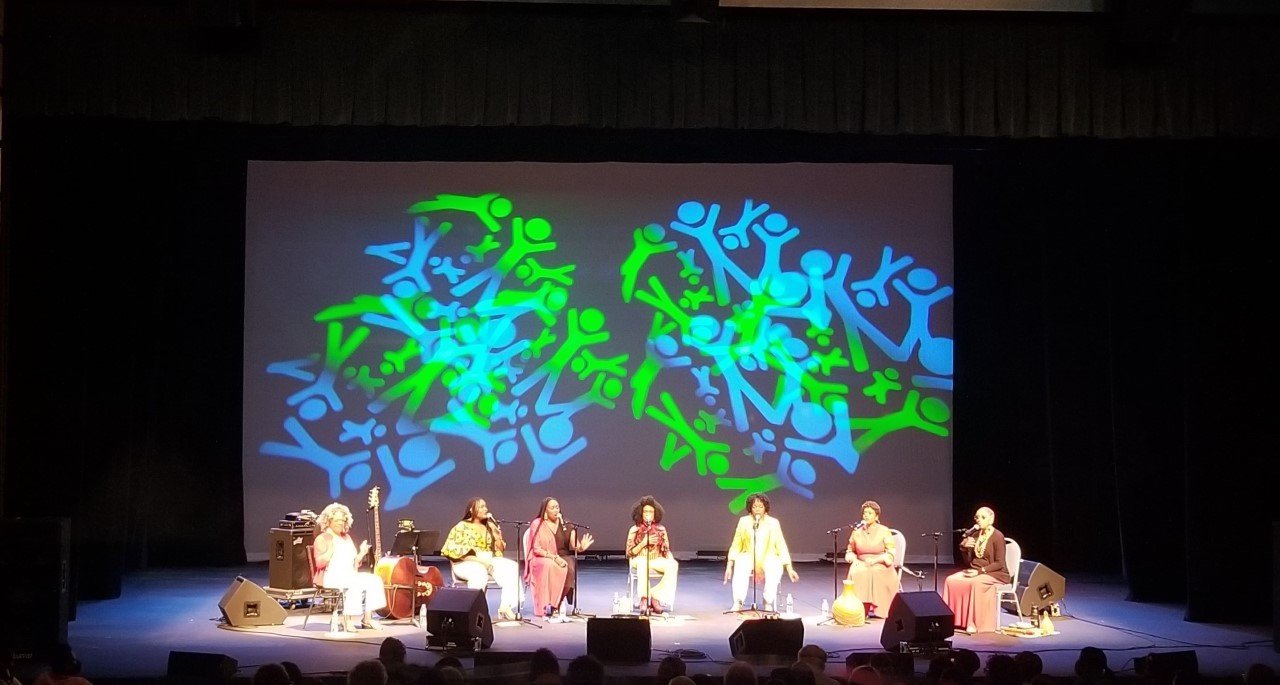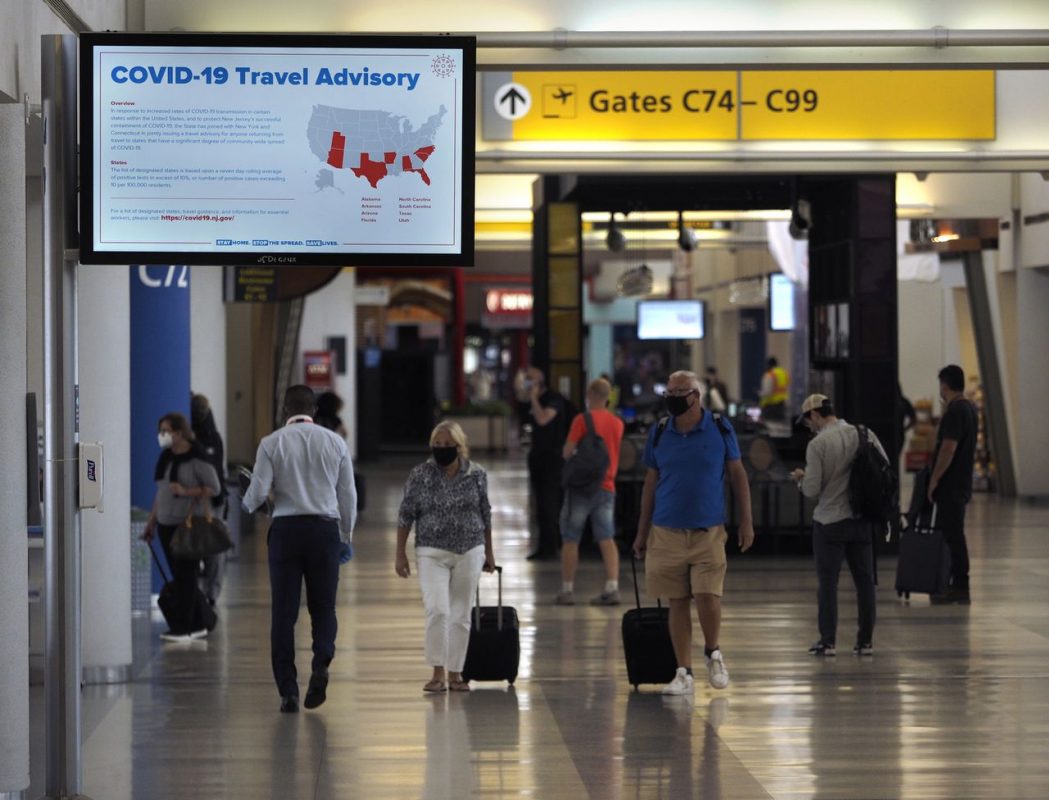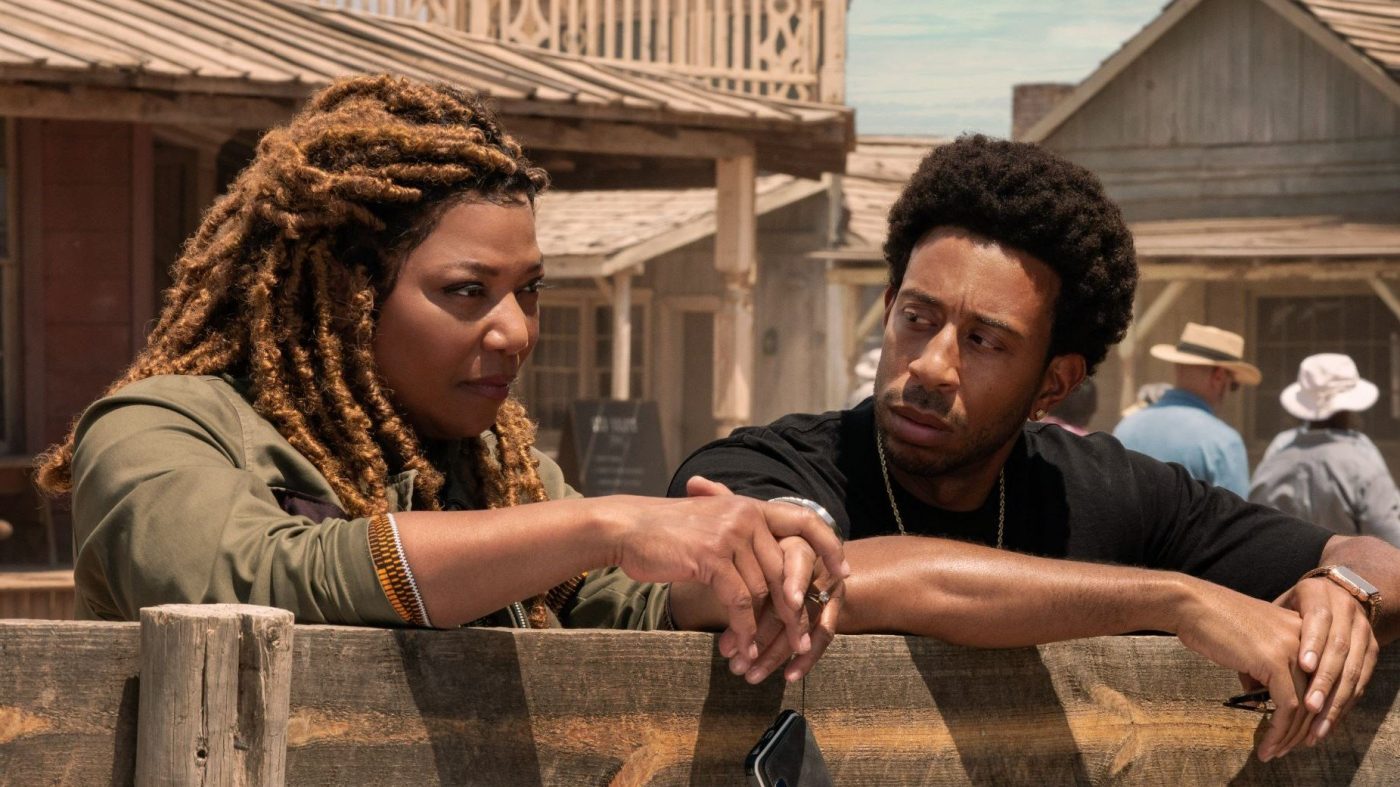Automatic, secure gates (now used for passport control, immigration and board pass scan in many airports.) Reliable remote video links to the person … Read More Call Now 800.576.5919 Newark Jersey City Paterson Elizabeth Lakewood Township Edison Woodbridge Township Toms River Hamilton Township, Mercer County Trenton Clifton Cherry Hill Brick Township Camden Bayonne Passaic East Orange […]
The lead vocalist stands alone. Read More Call Now 800.576.5919 Newark Jersey City Paterson Elizabeth Lakewood Township Edison Woodbridge Township Toms River Hamilton Township, Mercer County Trenton Clifton Cherry Hill Brick Township Camden Bayonne Passaic East Orange Union City Franklin Township, Somerset County Middletown Township Old Bridge Township Gloucester Township North Bergen Irvington Piscataway Vineland […]
Pull out the green and white because it’s finally game day in Riderville. The Saskatchewan Roughriders are ret… Read More Call Now 800.576.5919 Newark Jersey City Paterson Elizabeth Lakewood Township Edison Woodbridge Township Toms River Hamilton Township, Mercer County Trenton Clifton Cherry Hill Brick Township Camden Bayonne Passaic East Orange Union City Franklin Township, Somerset […]
Saturday, October 22 — 13th Fan Appreciation Game presented by Capital Auto Mall There’s no place like home! After a full month away from beautiful Mosaic Stadium, the Roughriders are back for the final home game of the season against the rival Calgary Stampeders. For our finale, we have a loaded slate of events before, […]
13th Fan Appreciation Game presented by Capital Auto Mall There’s no place like home! Read More Call Now 800.576.5919 Newark Jersey City Paterson Elizabeth Lakewood Township Edison Woodbridge Township Toms River Hamilton Township, Mercer County Trenton Clifton Cherry Hill Brick Township Camden Bayonne Passaic East Orange Union City Franklin Township, Somerset County Middletown Township Old […]
Taylor Swift’s ‘Midnights’ is a pendulum swing away from ‘Folklore’ and ‘Evermore,’ in trading acoustic instruments for electronic ones, but it feels like their continuation, in sheer intimacy terms. Read More Call Now 800.576.5919 Newark Jersey City Paterson Elizabeth Lakewood Township Edison Woodbridge Township Toms River Hamilton Township, Mercer County Trenton Clifton Cherry Hill Brick […]
NASHVILLE, TN – Country star Walker Hayes is out on his first headlining tour with a lighting package supplied by Bandit Lites. | For this inaugural outing, Seth Jackson and Nate Alves of Darkroom Creative sought to design a production that would not break the budget but hold its own in the arenas. Read More […]
Niya John is a lighting designer in her junior year at the University of Maryland, Baltimore County, and beyond excited to be a recipient of this year’s Pat MacKay Diversity In Design Scholarship. | Niya John, a 2022 Pat MacKay Diversity In Design Scholarship recipient, has always been interested in light and the electromagnetic spectrum. Today she […]
List of TOP KEY PLAYERS in Airport E-Gates Sales Market report are: Gemalto, NEC, Safran, Vision-Box, AOptix, Atos, Automatic Systems, Ayonix, … Read More Call Now 800.576.5919 Newark Jersey City Paterson Elizabeth Lakewood Township Edison Woodbridge Township Toms River Hamilton Township, Mercer County Trenton Clifton Cherry Hill Brick Township Camden Bayonne Passaic East Orange Union City […]
Starring Queen Latifah, Ludacris, and Beau Bridges, Netflix film End of the Road is a high-octane action thriller based in the desert in New Mexico, USA. | Learn how Multiverse® Studio Kit was used to provide wireless DMX for Netflix Film End of the Road in this Q&A with programmer Mark LaPierre. Read More Call Now 800.576.5919 […]










